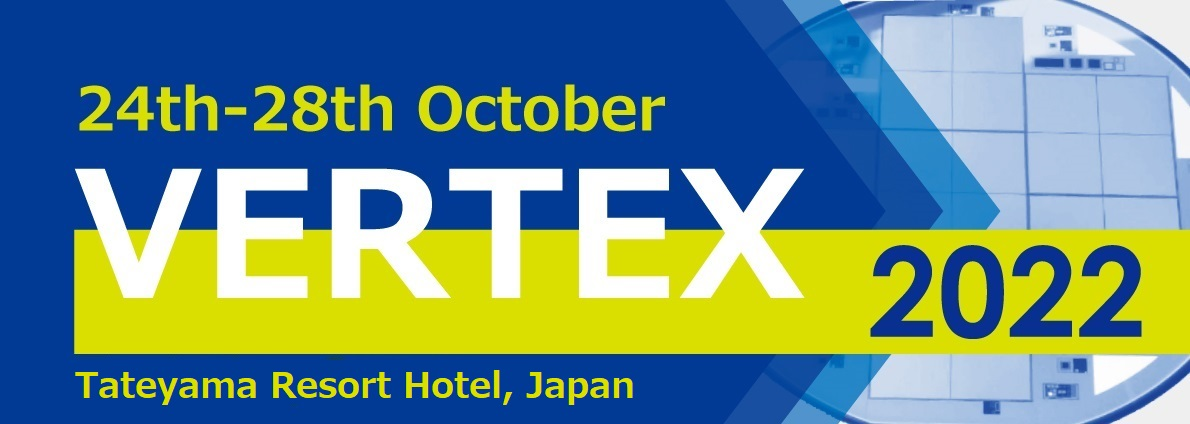Speaker
Description
Detectors based on Chemical Vapor Deposition (CVD) diamond have been used successfully in beam conditions monitors in the highest radiation areas of the LHC. Future experiments at CERN will accumulate an order of magnitude larger fluence. As a result, an enormous effort is underway to identify detector materials that can operate after fluences of 10^{16}/cm^2 and 10^{17}/cm^2.
Diamond is one candidate due to its large displacement energy that enhances its radiation tolerance. Over the last 2 years the RD42 collaboration has constructed diamond detectors in CVD diamond with a planar geometry and with a 3D geometry to extend the materials' radiation tolerance. The ATLAS Beam Conditions Monitor Prime (BCM') has both planar and 3D designs in order to be able to monitor the luminosity as well as protect the inner silicon detector of ATLAS. Due to the large range of particle flux through the detector, flexibility is very important. To satisfy the constraints imposed
by the HL-LHC, our solution is based on segmenting each single diamond
sensor into multiple devices of varying size and reading them out with a new multichannel readout chip. In this talk we describe the proposed system design and present beam test results from CERN using the MALTA telescope from the first detectors fabricated using our prototype ASIC. The ATLAS BCM' also includes 3D devices where the columns are fabricated using laser techniques. The 3D cells in our detectors have a size of 50µm x 50µm with columns 2.6µm in diameter and 100µm x 150µm with columns 4.0µm in diameter. A description of the production techniques used to produce these devices and beam test results for detectors will also be presented.
| contact person e-mail | harris.kagan@cern.ch |
|---|
